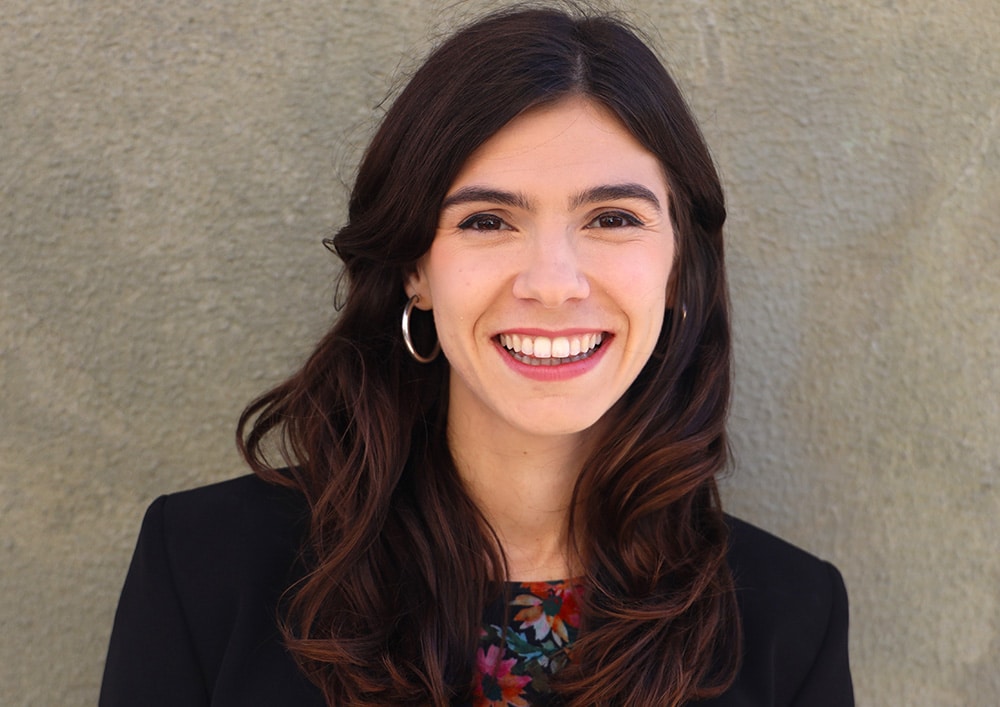Recently the growing trend in the world of consumer products has been undergoing a transformation, and we’re now beginning to see this shift enter the architectural world. An increasing number of our clients approach us to provide them with more than just a well designed, functional space. They look to us to create an all encompassing user experience.
As workplace specialists, we are always advising clients to realise the impact the environment has on their employee’s working lives, especially with the blurring of boundaries between personal and professional life. The importance of this is pivotal to creating an engaging office environment to maintain and attract the best talent.
As an industry we often focus heavily on the functional and operational side of workplace design, referring rightly so to a client’s brief about headcount, number of meeting rooms etc. However equal emphasis needs to be on the emotional aspect. Successful projects sit in the sweet spot between the emotional and operational circles. One can not ignore the impact of environmental factors such as light, sound and texture on user’s wellbeing, productivity and more importantly mood. Yet time and again, we see examples of striking offices which simply don’t deliver on psychological comfort. The employees of any given client are more likely to value the ability to find a comfortable work setting, which enables them to communicate with their team and maintain control over noise and light levels as opposed to the £10’000 rug in their reception area.
Activity based working is a result of this ‘one size doesn’t fit all’ approach and we have seen that user expectations are also now influenced by other experiences and interfaces they encounter in their daily lives. As our mobile technology trends towards giving us more control and easing our daily tasks, employees now expect that same level of interactivity in the workplace.
At MCM we believe that our role as workplace strategists and designers is to create and cultivate meaningful experiences for our client’s employees and we revel in the chance to design something significant for someone else. The way clients use a space tells a story about how we have depicted a brief and in turn their brand and culture. Without these storytellers it’s just a well designed space, but what we’re interested in is what happens when a multigenerational workforce starts to interact with the space and only then do we judge a project on its success.
The single most valuable skill we utilise to achieve this is empathy.
Empathy is at the heart of our design process. Understanding and engaging with our clients and their employees allows us to design a working environment which surprises and delights as well as functions and delivers on the brief. It enables us to have a user-centred design approach specific to each client.
Good workplace experience shouldn’t be a happy accident, it should and could be designed from the offset with the right client engagement and ability to change our perspective dependant on the end user’s needs.
Here at MCM we’re proud to wear the ‘Experience Architects’ badge among our many others.



